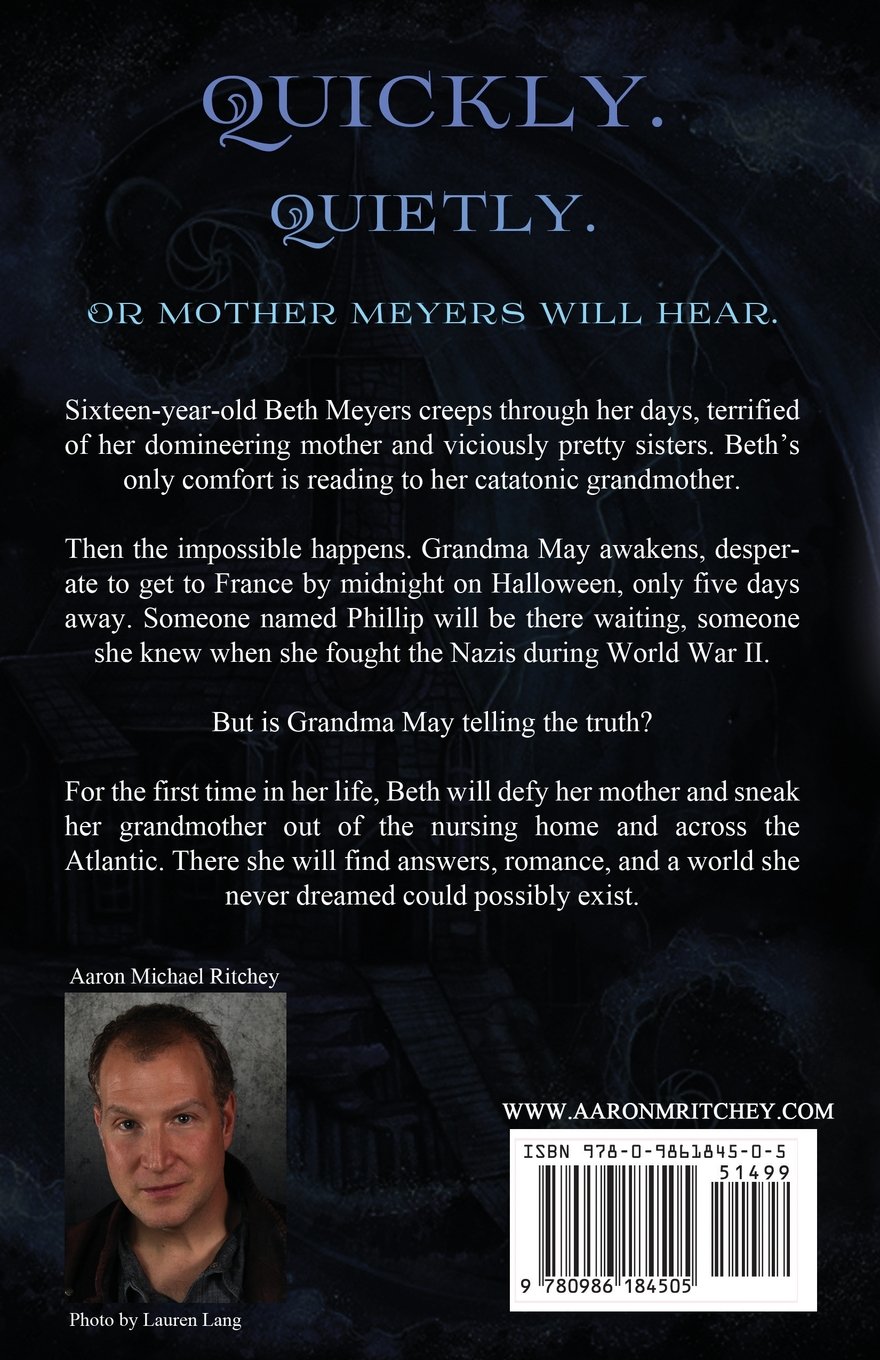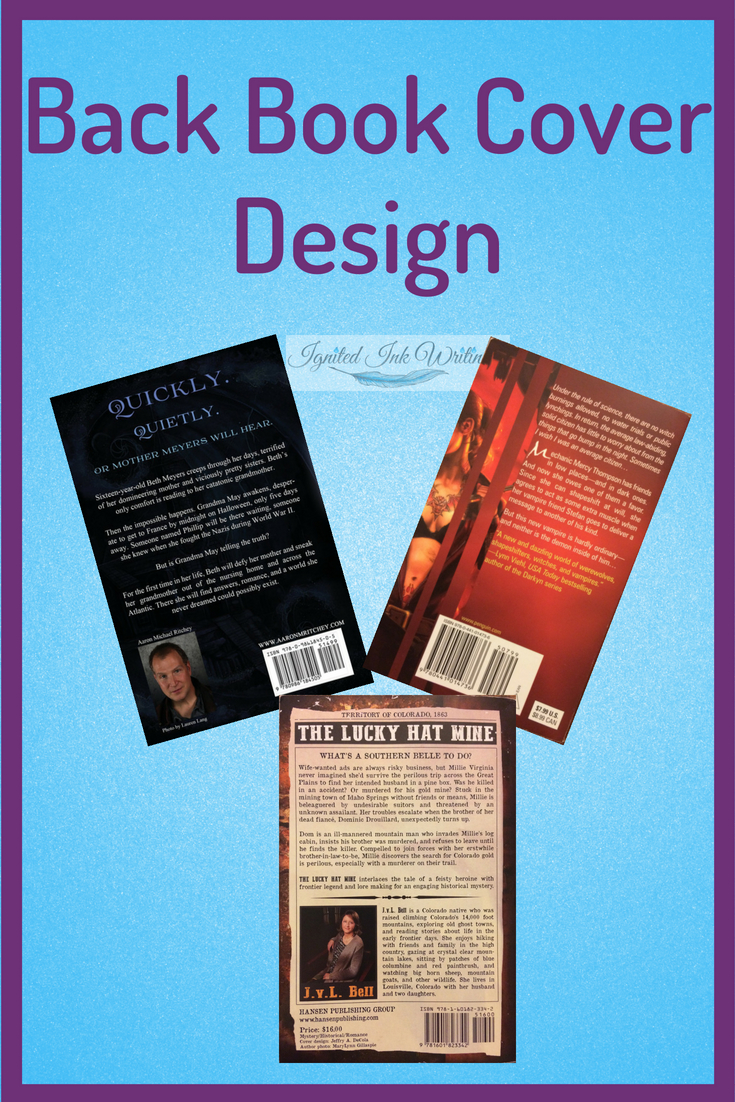How to Design a Sensational Back Book Cover
When people say your cover sells your book, they aren’t only talking about the image on the front. Your front cover and title grab someone’s attention, so they pick up your book. However, it is the elements of your back cover that convince a reader to buy. Your back cover is where they are introduced to your story, your characters, and you. That’s when they decide whether or not to read your book.
Speak to Your Readers
Your back book cover is more about your words than an image. This is likely the first time someone is reading something you wrote, so you want it to intrigue and compel them to buy your book.
Your Hook Goes Here
Where your words really shine is in the back cover blurb you write to hook your readers into your book. People read for entertainment, to learn, and to escape. Think about the aspects of your book that appeal to one of these and how you can build a sense of suspense, curiosity, or anticipation around that reason. Like on the front cover and spine, you want to create an emotion in your back cover.
Aaron Michael Ritchey appeals to both entertainment and escape by building suspense on the back cover of Elizabeth’s Midnight. He says “Quickly. Quietly. Or Mother Meyers will hear,” before delving into an equally thrilling description of his main character and her plight. This makes readers want to know why they have to be quick and quiet, who Mother Meyers is, and if Beth will make it.
Text Shape Matters
Another important aspect of Ritchey’s blurb is its shape. He doesn’t use one large block of text, because that would be intimidating or off-putting to a reader. Each of Ritchey’s first three sentence fragments gets their own line and the rest of the blurb is broken into four short paragraphs. When people look at a back cover, they are skimming to see if they want to read the book. Short blocks of text mean they will take in more of what you write, giving you a better shot at transforming them into a reader.
In addition to line breaks, Ritchey uses different colors, font sizes, and all caps to makes certain lines stand out from the rest. He creates an image with his words that compliments the front cover and inspires similar emotions. Even though the back cover is about the text, it still needs to be visually appealing to keep potential readers interested and the overall cover cohesive.
Other People’s Words: The Other Kind of Blurb
The short, accolade someone else writes about your book is also called a blurb. This can include awards like “Amazon Bestseller,” but usually refers to an actual statement. These blurbs serve as social proof, testimonials, and reviews. You get them by providing someone an advanced copy in exchange for a blurb.
1. Prestigious Blurbs
Prestigious blurbs are from a big name in the industry, an expert on the subject of the book, or some other influential individual. These types of blurbs provide credibility because of who they come from, not necessarily because they are a catchy or unique phrase. One of the blurbs on the back of Emily St. John Mandel’s Station Eleven is:
“Darkly lyrical . . . A truly haunting book, one that is hard to put down.” – The Seattle Times
While this is a lovely review and worthy of being on a book’s back cover, it could be placed on many different books. The combination of emotional words like “haunting” and the reviewer are what make this blurb worthwhile.
2. Descriptive Blurbs
Instead of highlighting the reviewer, descriptive blurbs say something meaningful about the book. They can come from a prestigious source, but usually give credibility because they are written by an everyday person like your reader. They can also supplement your authorial blurb’s information. On the back cover of Alchemy of the Afterlife, Linda Kinnamon doesn’t have to mention her childhood abuse or nursing specialty because this reviewer does that for her:
“From the opening chapter, Linda Kinnamon had my attention. She interweaves the details of her personal life, from abuse to fulfillment, with stories from her professional career as a hospice nurse. Her accounts of the near- and after-death events she has witnessed are mesmerizing . . .” Pat Schudy, former columnist, Universal Press Syndicate
You can mix and match prestigious and descriptive blurbs, use them to supplement your hook, or leave blurbs from other people out entirely. I will note, hardback book covers are usually comprised of blurbs from other people, so if you plan on releasing a hard cover, gather plenty of blurbs to choose from.
Author Pics and Bios
Most back covers include a short – as in 3-4 sentences – author biography and headshot. Your author photo should be used to break up the text and be visually appealing to your readers. Your back cover bio should only include information relevant to your story. This is not where you talk about your pets or your home town (unless that’s the focus on your book). Those personal bits go in the inside bio.
Think about what qualifies you to write your book. Are you a history buff writing historical fiction? Are you a survivor writing about your experience? Are you a biochemist writing science fiction? Your back cover is about selling your book, not providing your personal history. If you don’t have any credentials, consider just using your author photo like Aaron Michael Ritchey did on the back cover of Elizabeth’s Midnight.
Back Cover Imagery
The focus of your back cover needs to be your words. That means the font should stand out and be easy to read. Think dark on light or light on dark. Some authors opt for a solid-colored background, so the text really pops. Others use a textured backdrop or faded landscape.
The Lucky Hat Mine by J.v.L. Bell is a historical fiction novel about a woman who answers a Wife-Wanted ad in 1800’s Colorado, so Bell designed her back cover to look like that ad. Because the cover doesn’t come off as gimmicky, the design gives the flavor of the era and highlights the inciting incident of the story.
Patricia Briggs repeated the figure from her cover in sections to reinforce the concept of the main character on the back cover of Blood Bound. When authors want to include another figure or element that would make the front cover too cluttered, I recommend they take Brigg’s approach and put it on the back in a way that doesn’t interfere with the text.
Regardless of which approach you take, focus on keeping the imagery minimal, so your text shines.
Notes from a Professional Editor on Back Book Covers
Depending on the type of book, some of these elements might not be on your back cover. Your blurb enticing people to read your book is often on the inside flap of a hardback book and in the description beside the front cover of an ebook. Your author bio might be on the other flap and also in the ebook description section. Regardless of where these elements are located or which ones you choose to include, they are still essential to selling your book. Approach your back cover like the rest of your cover – as a marketing tool. Your author blurb, blurbs from other people, bio, and images should create a cohesive image that Ignites Your Ink.
What are some of your favorite back book cover designs? Share them in the comments below. For more articles about book covers and a timeline detailing when you should start designing, subscribe to Ignite Your Ink.













Caitlin Berve is a multi-award-winning fantasy author, editor, and speaker. Through Ignited Ink Writing, she edits novels, creates video tutorials, and writes. She has an MFA in Creative Writing and Poetics and teaches writing at colleges and writing organizations/ conferences. Her collection of modern fairy tales When Magic Calls won the CIPA EVVY Herb Tabak (best fiction) book award in 2021 and is available in paperback, audiobook, and ebook formats. When not writing or reading, Caitlin runs the Colorado trails or teaches Pop Pilates and makes color changing potions. She seeks to fill the world with the kind of writing that lingers with readers and find magic in modern times.